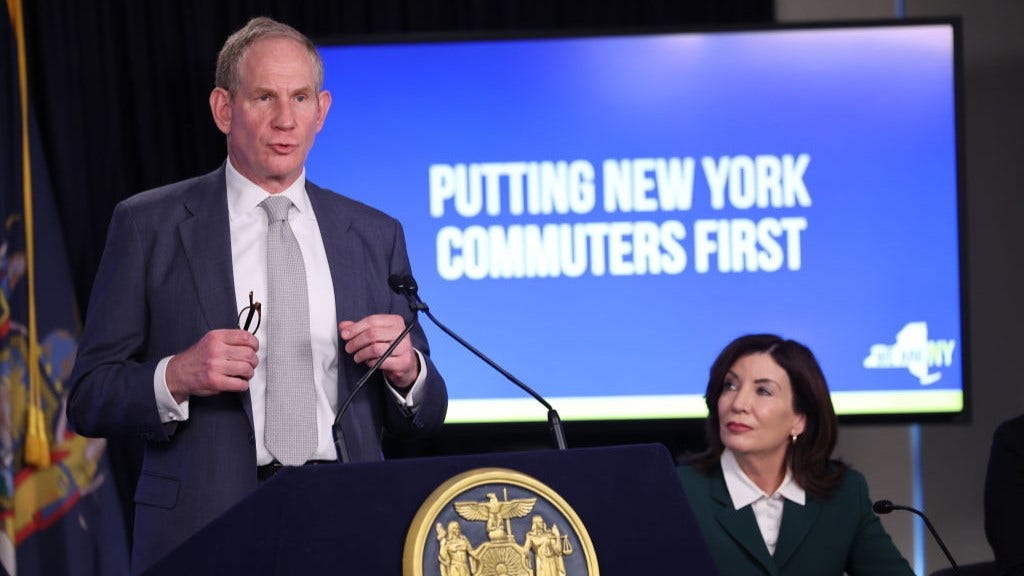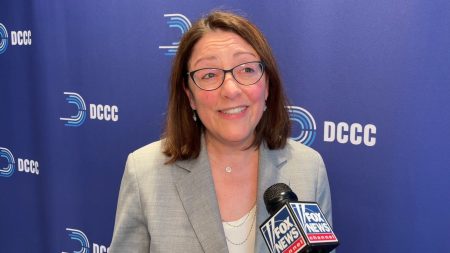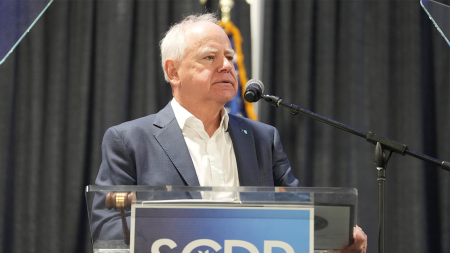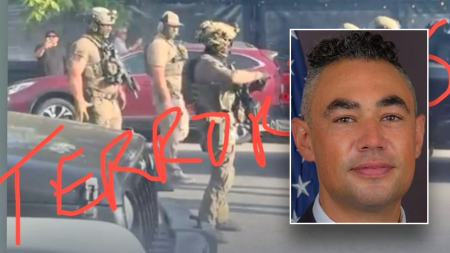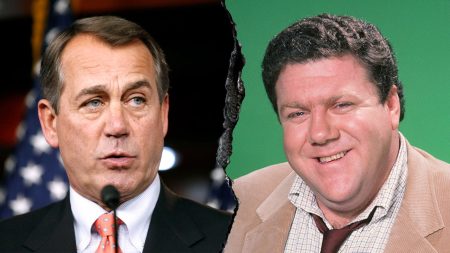The implementation of congestion pricing in Manhattan has ignited a firestorm of criticism directed at Janno Lieber, the chairman of the Metropolitan Transportation Authority (MTA), appointed by New York Governor Kathy Hochul. Lieber’s assertion that subway crime is down overall, despite a series of highly publicized attacks, coupled with his seemingly celebratory unveiling of a congestion pricing sign, has drawn the ire of Republican lawmakers and commuters alike. Critics argue that Lieber is out of touch with the realities faced by everyday New Yorkers, prioritizing revenue generation over public safety and affordability. They accuse him of downplaying legitimate safety concerns to justify the new tolls, which they see as an unfair burden on working-class individuals and a deterrent to economic recovery. Calls for Lieber’s dismissal have intensified, with lawmakers demanding accountability and a more empathetic approach to addressing the concerns of commuters.
The core of the controversy lies in the perceived disconnect between Lieber’s optimistic portrayal of the subway system and the lived experiences of those who rely on it daily. While Lieber cites statistics indicating a decrease in overall crime compared to pre-pandemic levels, critics argue that these figures fail to capture the pervasive sense of unease created by recent high-profile incidents of violence. They contend that Lieber’s focus on overall statistics obscures the very real fear and anxiety experienced by commuters, particularly in the wake of widely circulated videos and reports of assaults. This perceived insensitivity, coupled with Lieber’s public enthusiasm for congestion pricing, has fueled accusations that he is prioritizing revenue generation over the safety and well-being of riders.
Adding fuel to the fire is the timing of the congestion pricing implementation, which coincides with ongoing concerns about subway safety and the lingering economic impact of the COVID-19 pandemic. Critics argue that imposing new tolls on drivers at a time when many are struggling financially is insensitive and counterproductive. They also point to the potential for increased traffic congestion in outer boroughs as drivers seek alternative routes to avoid the tolls, further burdening residents in those areas. The congestion pricing plan has been met with widespread resistance from commuters, residents, and lawmakers who believe it unfairly targets those who rely on their vehicles for work or other essential activities.
The controversy surrounding Lieber and the congestion pricing plan highlights a broader debate about the priorities of the MTA and the state government. Critics argue that the focus on revenue generation through tolls comes at the expense of addressing fundamental issues such as subway safety, affordability, and accessibility. They call for greater investment in improving the transit system and addressing the root causes of crime, rather than simply imposing new fees on commuters. The calls for Lieber’s removal reflect a growing dissatisfaction with the MTA’s leadership and a demand for greater accountability and transparency.
Republican lawmakers have been particularly vocal in their criticism of Lieber, accusing him of being out of touch with the concerns of working-class New Yorkers. They argue that the congestion pricing plan disproportionately impacts those who can least afford it, further exacerbating economic inequalities. They also express skepticism about the MTA’s claims regarding the intended use of the toll revenue, questioning whether the funds will truly be dedicated to improving the transit system. The controversy has become increasingly politicized, with Republican lawmakers using the issue to criticize Governor Hochul and the Democratic Party’s policies.
The future of the congestion pricing plan and Lieber’s tenure as MTA chairman remain uncertain. While supporters of the plan argue that it is necessary to reduce traffic congestion and fund much-needed improvements to the transit system, opponents continue to voice their strong opposition. The calls for Lieber’s dismissal have gained momentum, putting pressure on Governor Hochul to respond. The ongoing debate underscores the complex challenges facing New York City’s transportation system and the need for a comprehensive approach that addresses the concerns of all stakeholders.




